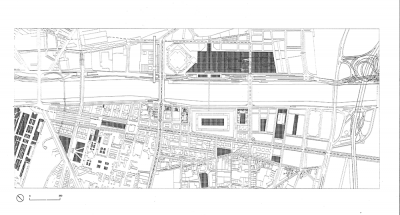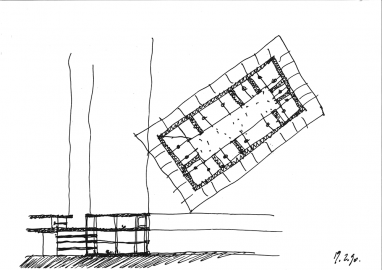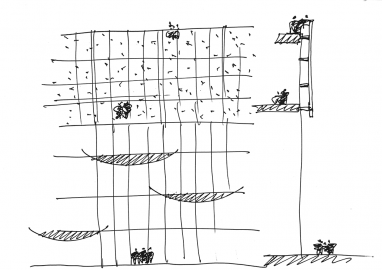French National Library
The French National Library is the last and most important of François Mitterrands Grands Projets. To better understand the scope of this project, it must be seen from the point of view of town planning. The Library is the seed of a new Parisian quartier and acts as a foundation stone right in the heart of the district. A vast pedestrian promenade has been laid out to form a terrace that looks out not only over the Seine but also over the streets, avenues and squares of its surroundings. The idea of building a wall-less architectural monument, in direct contact with the city and with no barriers or frontiers, has defined a new place in the capital with its own urban landscape.
The Library offers a public space for all: the promenade and a private space for readers, that is, the garden. This garden, a genuine fragment of forest set on the Île de France, stands in the centre of the library and is embedded in the heart of the promenade. The entire facility is organised around and in relation to this natural space. Trees softly and gently separate the constantly busy promenade from the calm serenity of the reading rooms, the vast ornate pieces of wood and entwined metal forming a ring around the greenery, like a cloister in an abbey. In the words of former President François Mitterrand, the Library burrows into the soil as if seeking silence and peace. In a rival gesture, it confidently raises its towers and affirms its presence in the heart of the city.

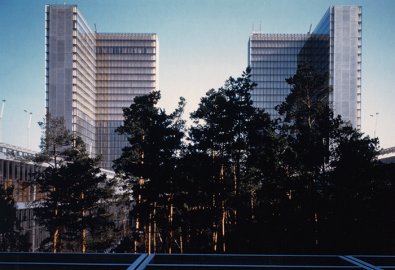

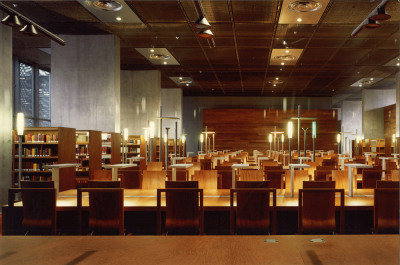
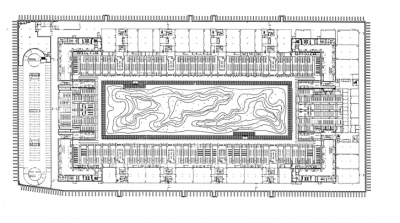
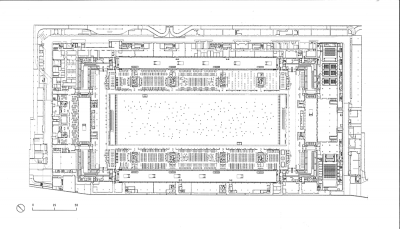
.jpg)
